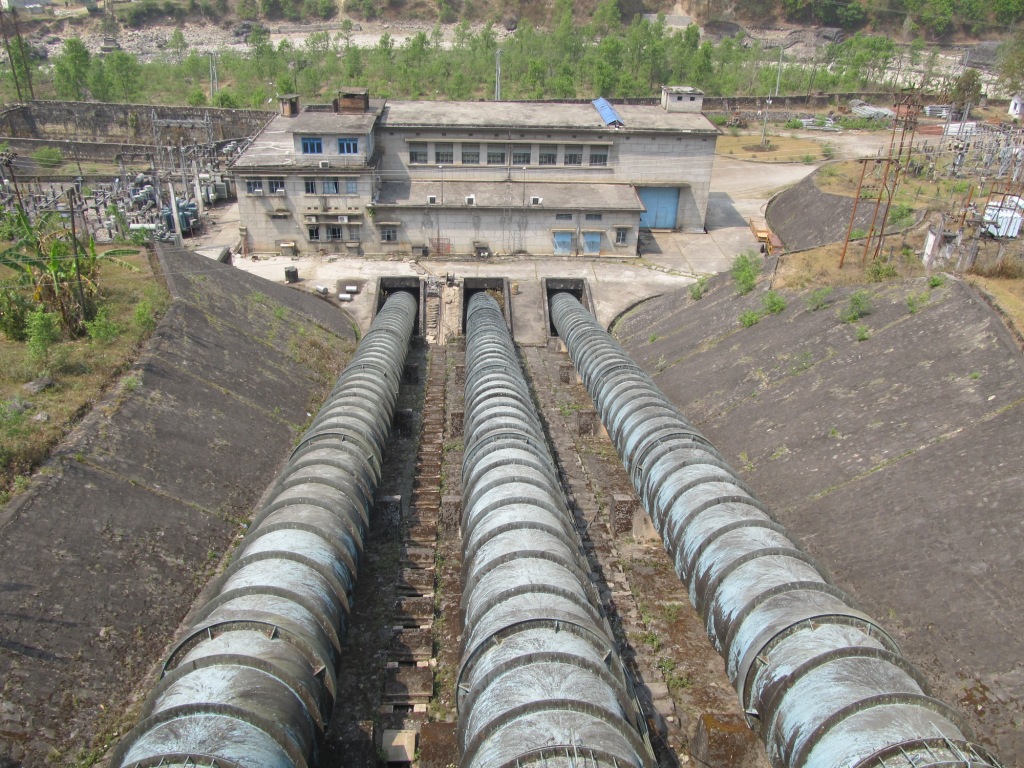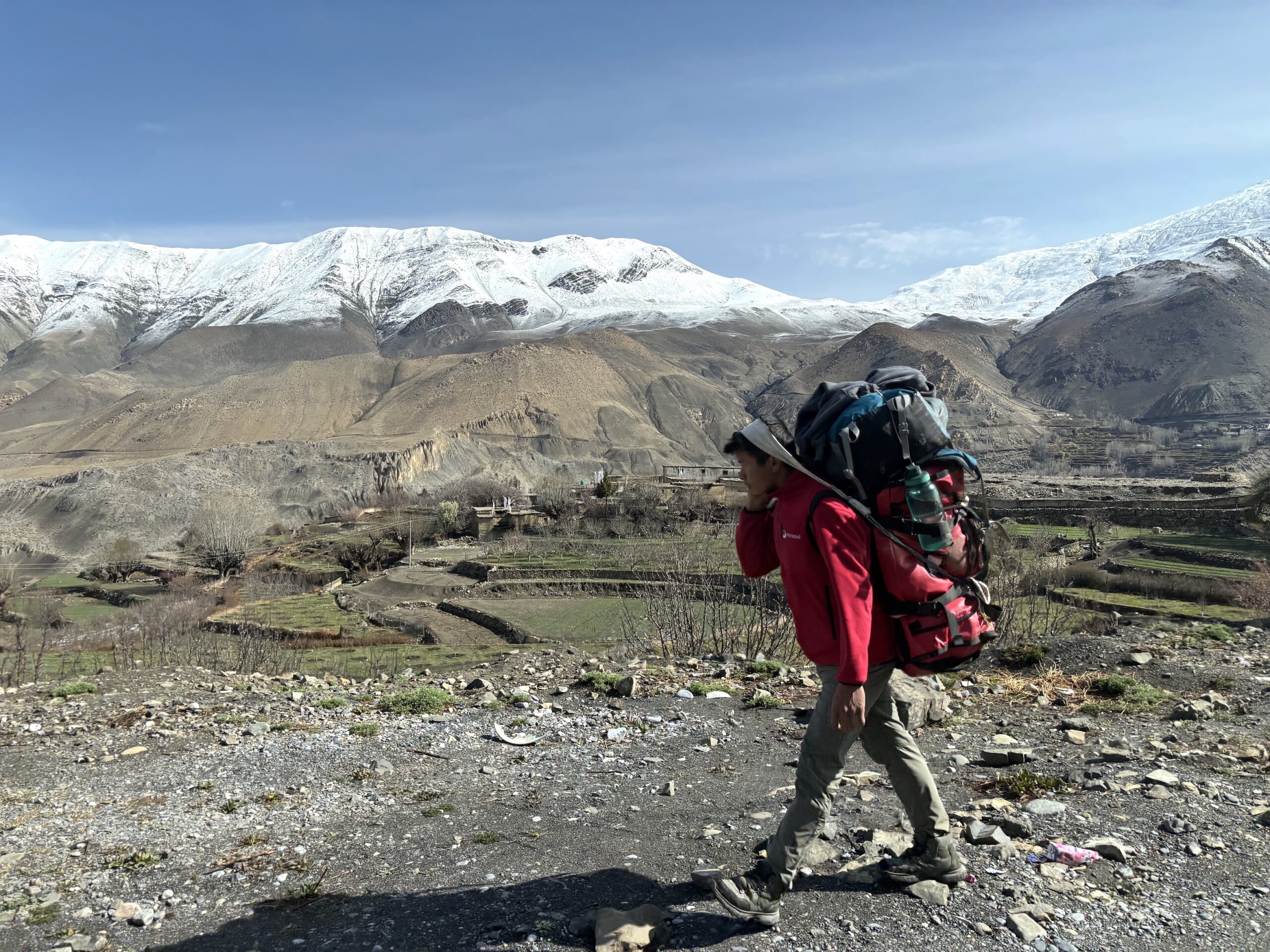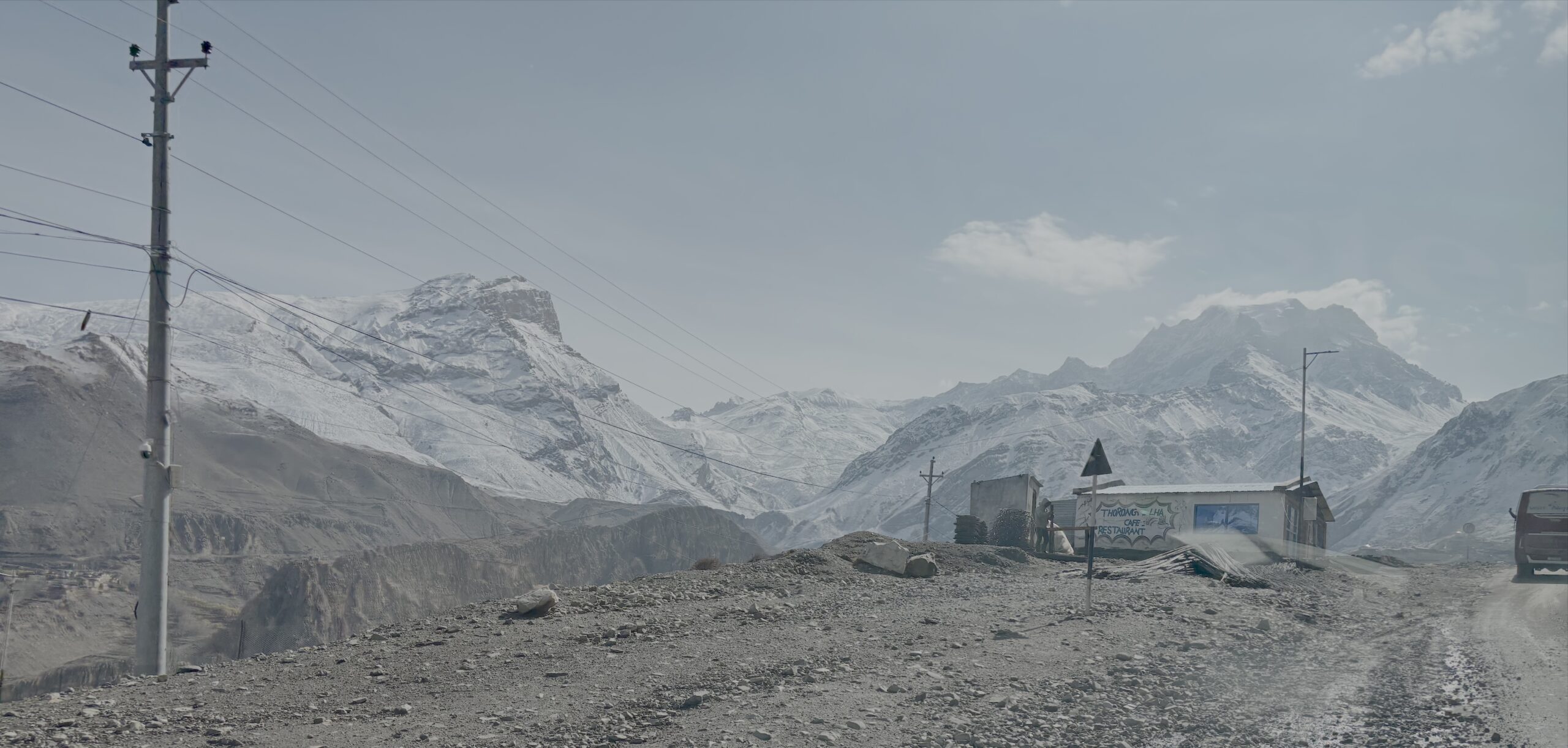- Nepal’s private hydropower developers await the full text of a Supreme Court verdict that will decide the fate of infrastructure, such as dams and transmission lines, inside the nation’s natural protected areas.
- The court’s initial summary order, issued in January, scrapped a 2024 law that had permitted such projects. It found the law unconstitutional, citing violations of the right to a clean environment and principles of intergenerational equity.
- Hydropower producers, who contribute to about 63% of Nepal’s 2,991 MW installed capacity, argue the verdict stalls hundreds of projects worth 25,000 MW and threatens existing plants by blocking crucial transmission lines.
KATHMANDU — Nepal’s private hydropower developers are keeping a watchful eye on the Supreme Court as it prepares to issue the full judgment on a historic case related to the development of infrastructure such as hydropower, hotels and cable cars inside protected areas.
As the Constitutional Bench of the Supreme Court prepares to issue the full text of the summary verdict passed in January, private developers, who contribute around 63% of the 2,991 MW of installed hydroelectric capacity, continue to rally support from political parties calling for concessions for hydropower plants inside protected areas.
“We have concluded that the summary order issued as per the majority decision of the Constitutional Bench on January 15, 2025 has nullified a law duly enacted by the Parliament in exercise of the sovereign authority of the Nepali people, and is pushing the work and proceedings of hydropower projects—promoted over the past 15 years—towards complexity,” the Independent Power Producers’ Association, Nepal (IPPAN), a group of private producers, said in a statement on Jan. 26.
The verdict by the constitutional bench scrapped a controversial 2024 law that permitted infrastructure projects in protected areas if they fell outside vaguely defined “highly sensitive zones.” The court held that the amendment to the National Parks and Wildlife Conservation Act was against the constitutionally defined state policy of environment-friendly development and the principle of intergenerational equity, among others.

The verdict came in response to a petition filed by lawyers led by Dilraj Khanal, who argued that the 2024 amendment to the parks and conservation act violated Article 30 of the Constitution, which guarantees the right to a clean and healthy environment, and contradicted Nepal’s obligations under international treaties such as the Convention on Biological Diversity. The petitioners said the law’s vague zoning provisions could open the floodgates for infrastructure development within protected areas, threatening the country’s hard-fought conservation gains.
Since the initial verdict, association representatives have met with representatives of various political parties to draw their attention to the issue. Following the meetings, IPPAN president Ganesh Karki told reporters the court’s decision not only blocks new projects, but also risks wasting electricity from existing ones if transmission lines can’t be built. IPPAN senior vice president Mohan Kumar Dangi warned that even if projects lie outside protected areas, transmission lines often pass through them, and without those lines, current projects can’t supply electricity, leaving no room for future development.
However, conservationists argue that transmission lines cutting through protected areas have potentially lethal ecological impacts, including habitat fragmentation, increased wildlife mortality and disruption of migration corridors. In addition to that, the move would further add to the historical injustices local communities faced in the form of displacement and restrictions on the use of resources to keep the protected areas pristine.

Nepal has designated 12 national parks, a wildlife reserve, a hunting reserve, six conservation areas and 13 buffer zones. They are dotted around the country from the lowland Terai Arc to the high Himalayas, covering nearly a quarter of the country’s total land area, according to the Department of National Parks and Wildlife Conservation. While local people were relocated to establish national parks in the lowlands, people continue to live, with restrictions on resource use, inside some national parks and conservation areas, such as Sagarmatha (Everest), Langtang and Annapurna.
Indigenous rights campaigners argue that infrastructure inside conservation areas is often developed without meaningful consultation with local communities, many of whom depend on natural resources for their survival.
According to IPPAN estimates, not verified independently, around 267 projects with installed capacity of 25,000 MW have been stalled in different stages of development, and an additional 15,000 MW of projects under “desk study” also face uncertainty. The association said that of the 267 projects that are already rolling, the greatest number of projects fall under the world-famous Annapurna Conservation Area with an installed capacity of roughly 2,555 MW. Among these, dozens of projects have already been constructed, according to IPPAN.
A list published by the Ministry of Forest and Environment shows that the environmental impact assessment reports of 19 hydropower projects, being financed by the government as well as the private sector, are on hold. “We haven’t decided on them as the court is yet to issue the full text of the verdict,” said Dhirendra Pradhan, joint secretary at the Biodiversity and Environment Division at the Ministry of Forest and Environment.
Nepal, a landlocked country at the seat of the Himalayas, is rich in water resources and poor in fossil fuels. For decades, policymakers have looked to hydropower as the country’s best shot at energy independence, economic growth and regional electricity trade. The government recently approved the Energy Development Roadmap and Working Guideline aiming to generate 28,500 MW of electricity in the next decade by securing an investment of 6.2 trillion rupees ($44.3 billion).
While hydropower development has gathered momentum in the past decade, developers have been criticized for ignoring environmental concerns over profits.

Having said that, the private sector has played a crucial role in the development of hydropower in the country, hence it wields significant political sway. A recent development in Nepal’s politics demonstrates this. In its annual budget, the government introduced a shift from the long-standing “Take or Pay” model, under which the state utility Nepal Electricity Authority guarantees payment for electricity even if unused, to a “Take and Pay” model, which only pays for electricity it actually purchases.
This change alarmed hydropower developers, who rely on guaranteed purchase agreements to secure loans and justify investments in run-of-the-river projects with fluctuating seasonal output. Fearing the collapse of market certainty and massive financial losses, developers lobbied political leaders, leading Nepali Congress Party President Sher Bahadur Deuba to threaten to withdraw support to the coalition government. Under mounting pressure, the provision had to be softened.
Three prominent conservationists Mongabay talked to said that the Supreme Court could provide some concession to hydropower, especially in the protected areas of the hills and mountains. The restrictions could stay for projects in the Terai plains, they said, asking not to be named as the issue is sub judice.
Regardless of the stance the verdict takes on hydropower, it is certain that it will leave a lasting impact on the future of hydropower generation and the governance of protected areas.
Meanwhile, the Supreme Court said a draft of the verdict has been prepared. Information officer Nirajan Pandey told Mongabay that Chief Justice Prakash Man Singh Raut wants to issue the verdict at the earliest but there has been a delay, as he was undergoing treatment for an eye ailment
Banner Image: Hydropower dam in Kulekhani, one of the largest reservoir-type power stations in Nepal. Image by Abhaya Raj Joshi/ Mongabay.
Feedback: Use this form to send a message to the author of this post. If you want to post a public comment, you can do that at the bottom of the page.




